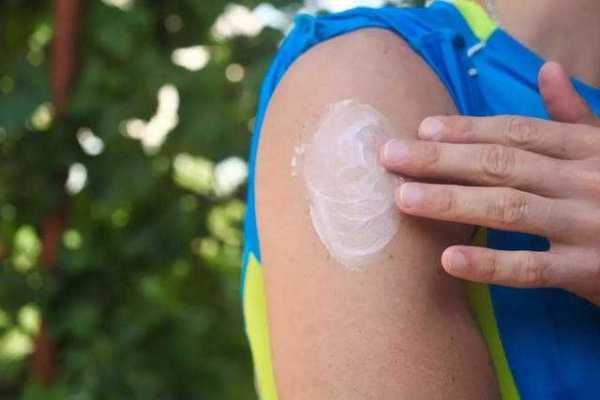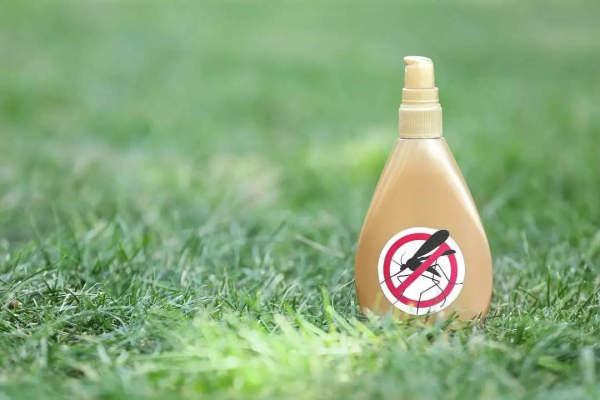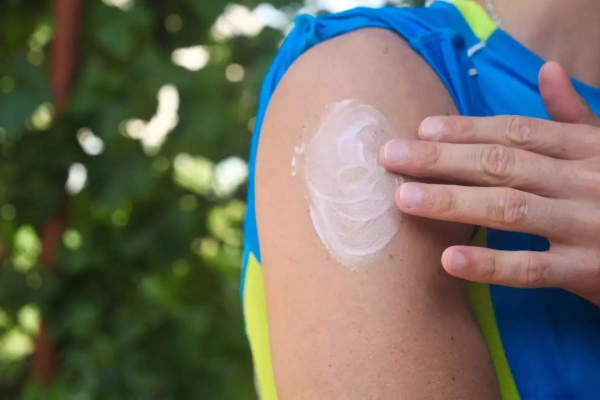
A rise in temperature and the presence of stagnant unclean water gives rise to mosquito population. These blood-feeding insects are vectors for diseases, like malaria, dengue which are life threatening in many cases. Most of us normally seek insect repellents and citronella candles as a solution, but have you ever thought how do these repellents actually work? Learning about this will provide information that would help a person to make knowledgeable decisions that would help in personal choice effectively.
How are mosquitoes attracted to human beings?
Research has shown that female mosquitoes are drawn to the carbon dioxide exhaled by their targets, lactic acid present in the sweat of the hosts, in addition to the various skin odours and volatile compounds they emit. Putting these factors together make us targets for the insects at most. Physical barriers such as netting provide the best protection but not always practically usable for large outdoor spaces.
Which is the most commonly used mosquito repellent?
One of the most well-known and widely used large-scale pellets is N,N-diethyl-meta-toluamide, commonly called DEET . It hit the commercial market in 1957 and was initially developed by the United States military in 1946. DEET has been used against mosquitoes for several decades. It interferes with the ability of mosquitoes to perceive the chemicals stimulated by humans and prevents them from biting.
Research has proved that DEET is safe and effective when used properly. It is not supposed to be used for infants. This chemical blocks the receptor of mosquitoes, which makes them less attracted to the target, or causes them to "smell and avoid" the DEET-treated skin, which is mostly the reason for its efficiency. DEET is also a contact repellent as it gives a chemical signal to mosquitoes to leave after reaching the treated skin.
What is an alternative to DEET?
Another family of mosquito repellent products is based on an active ingredient called picaridin (or icaridin). Picaridin is regarded as a safe and highly effective propeller ingredient and has been able to win a rat race against DEET most of the time because of its not too intense scent. Research has reported that picaridin works in equal effectiveness to DEET, and in certain concentrations, may even be slightly better.

Para-menthane-3,8-diol (PMD), which is extracted from oil of lemon eucalyptus, is another effective repelling compound. While unprocessed oil has no effect, PMD has been shown to offer potent mosquito repellent action. Repellents of this nature are dose-dependent, requiring the right application-and occasionally repeat application-for adequate protection.
Why are Citronella and natural remedies less helpful?
Citronella candles and other topical preparations, however, are not very effective compared to DEET. Systematic testing has shown that these candles do not repel mosquitoes at the rates popularly expected. However, there are many other natural remedies, but it is important to note that natural does not necessarily mean to be more effective or safer.

Which Indian mosquito repellent brands contain what?
Several mosquito repelling brands sell DEET, Picaridin, and Citronella mosquito repellent products in India. All Out is a popular one that sells formulations rich in DEET, which are otherwise considered effective. Good Knight, on the other hand, sells a fabric roll-on repellent that uses Citronella and Eucalyptus oils and is a natural alternative. Odomos, on the other hand, is popular for its mosquito repellent cream based on Citronella, mild on the skin, and can be used by children.
 A rise in temperature and the presence of stagnant unclean water gives rise to mosquito population. These blood-feeding insects are vectors for diseases, like malaria, dengue which are life threatening in many cases. Most of us normally seek insect repellents and citronella candles as a solution, but have you ever thought how do these repellents actually work? Learning about this will provide information that would help a person to make knowledgeable decisions that would help in personal choice effectively.
A rise in temperature and the presence of stagnant unclean water gives rise to mosquito population. These blood-feeding insects are vectors for diseases, like malaria, dengue which are life threatening in many cases. Most of us normally seek insect repellents and citronella candles as a solution, but have you ever thought how do these repellents actually work? Learning about this will provide information that would help a person to make knowledgeable decisions that would help in personal choice effectively.

